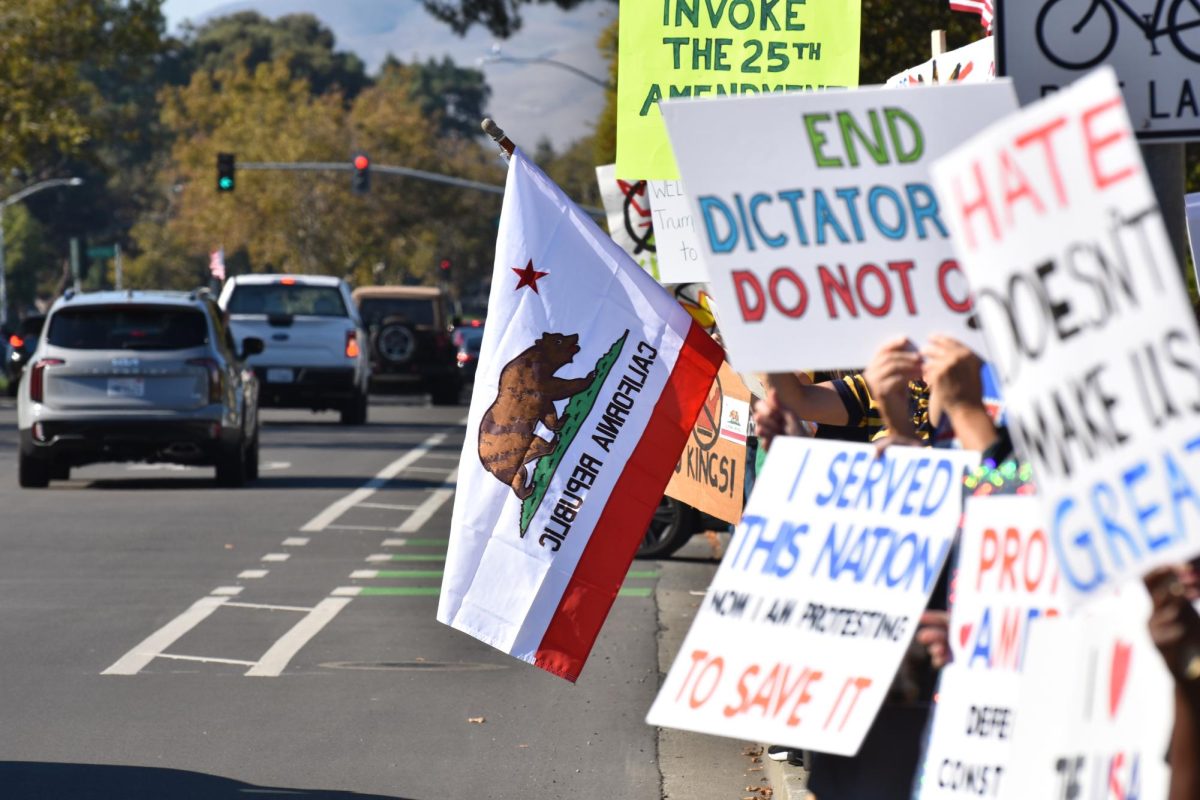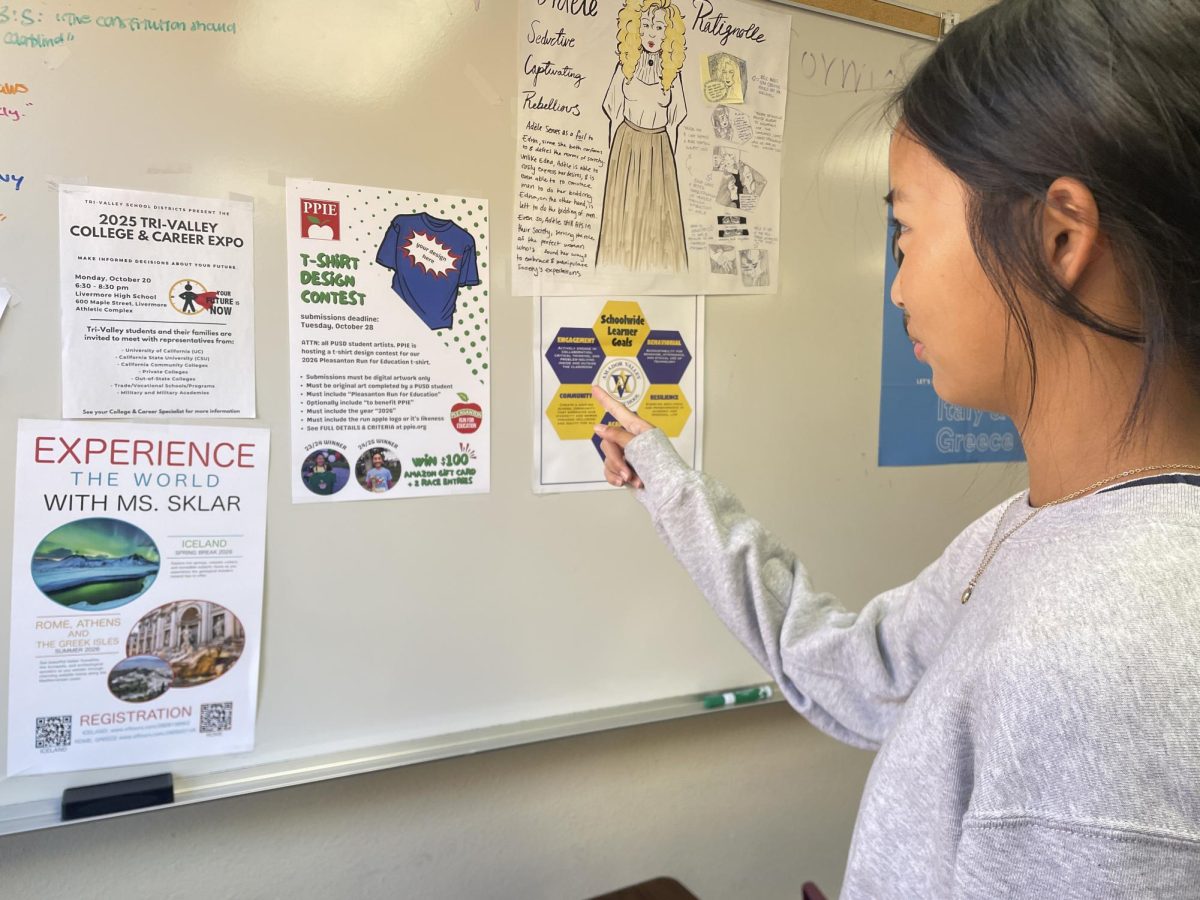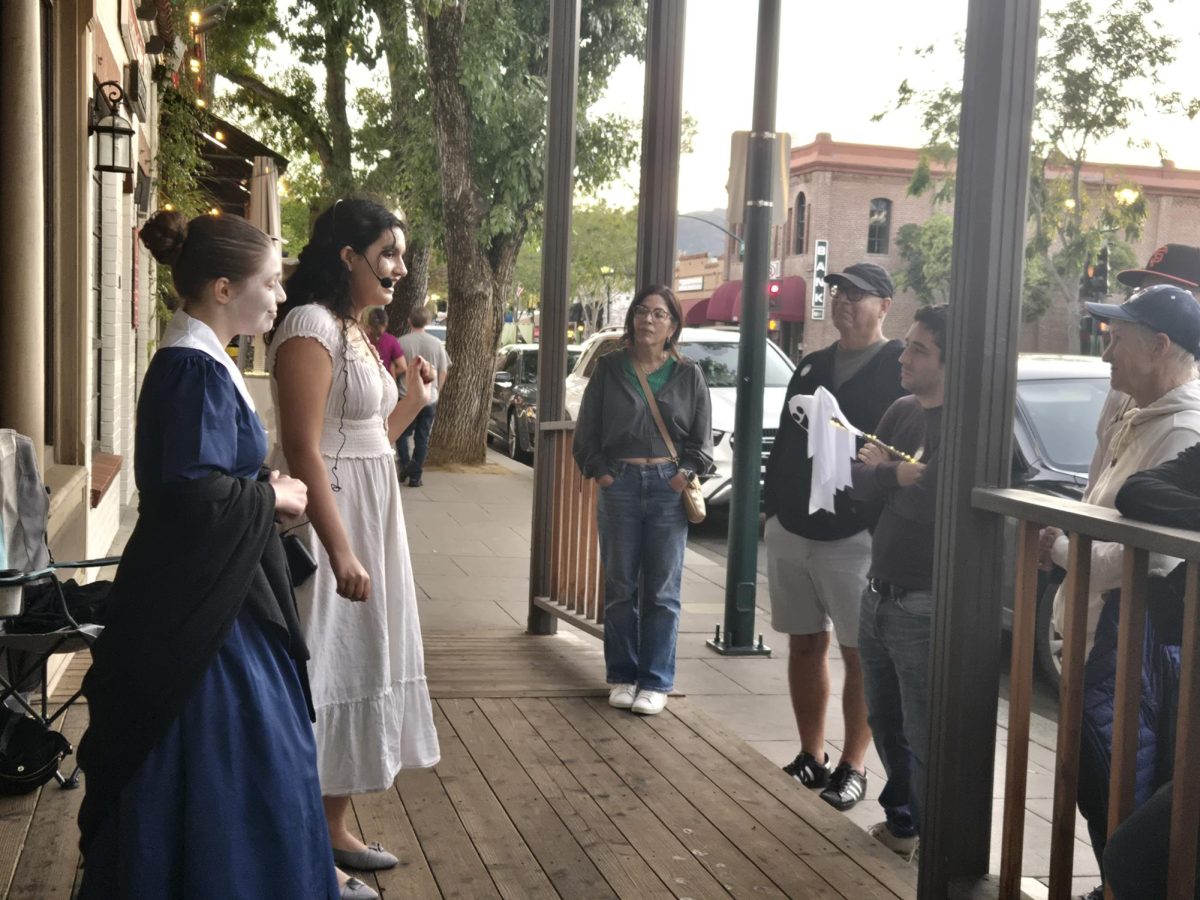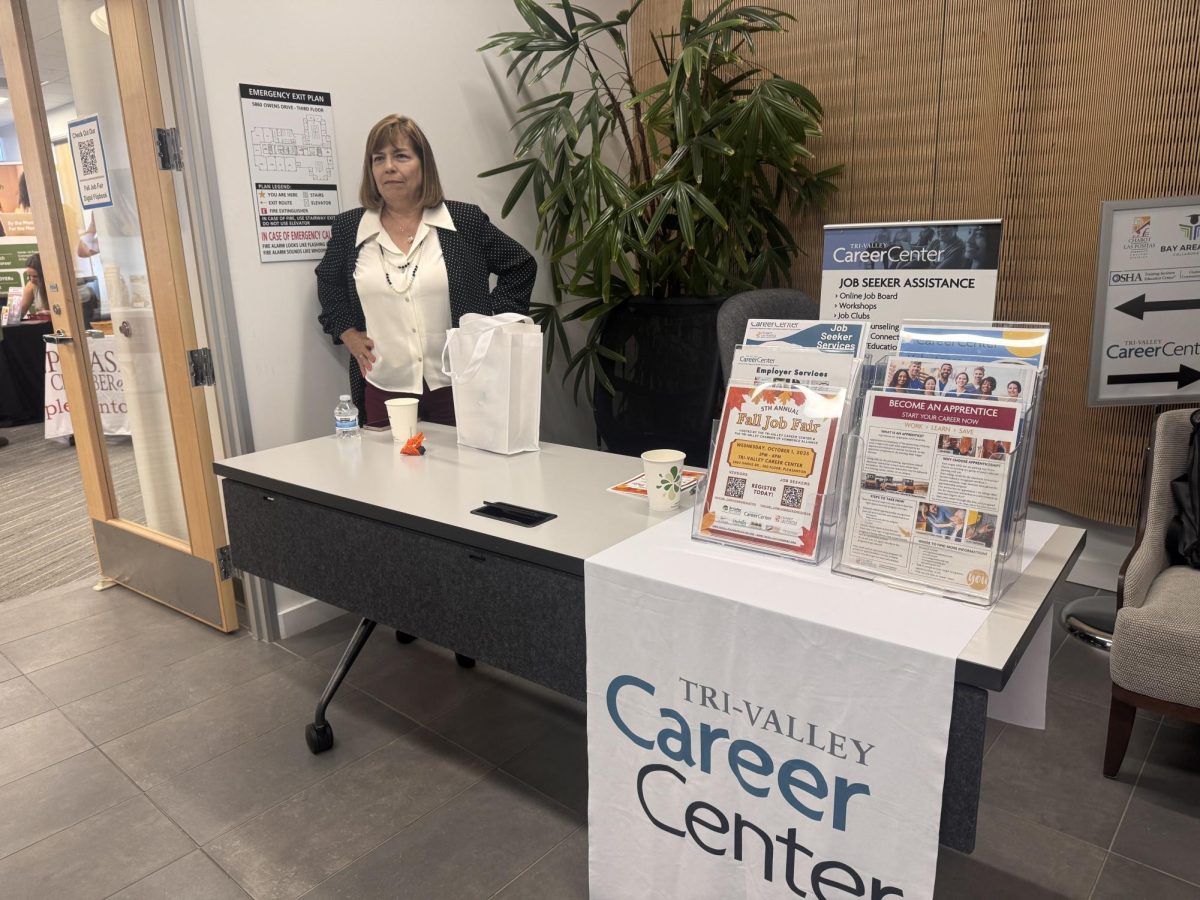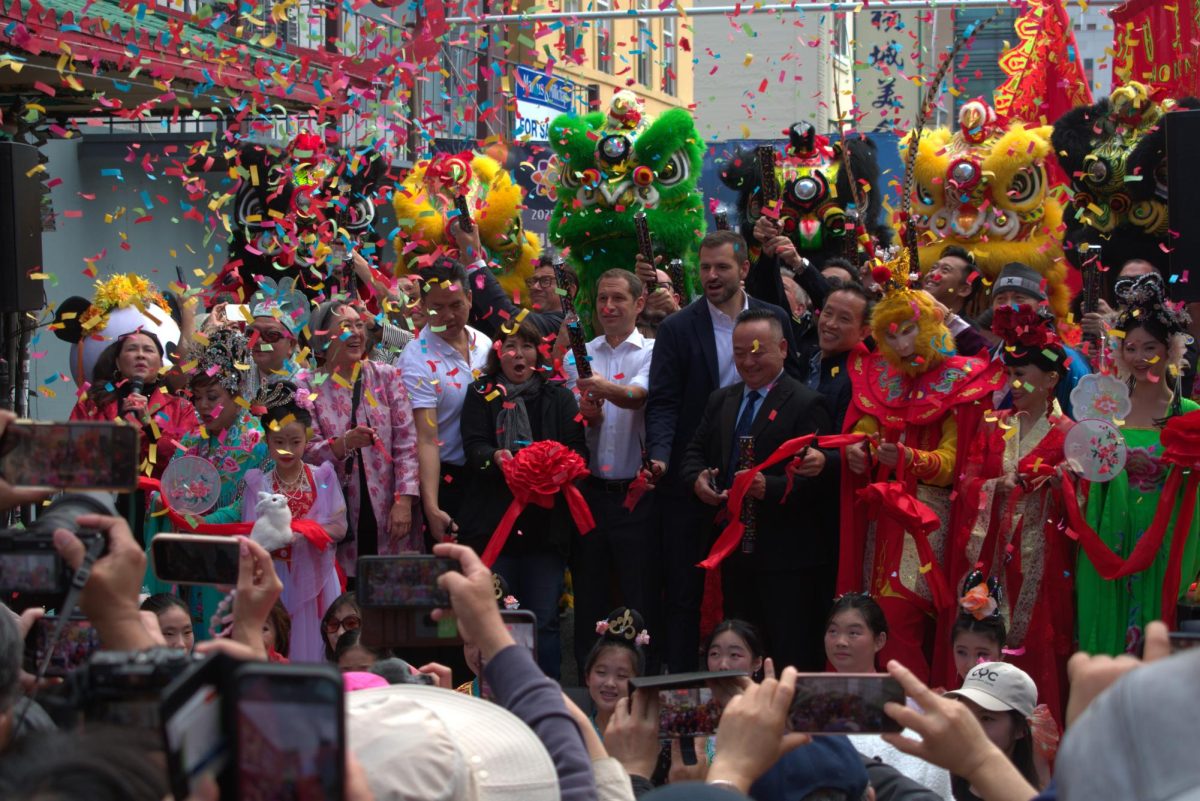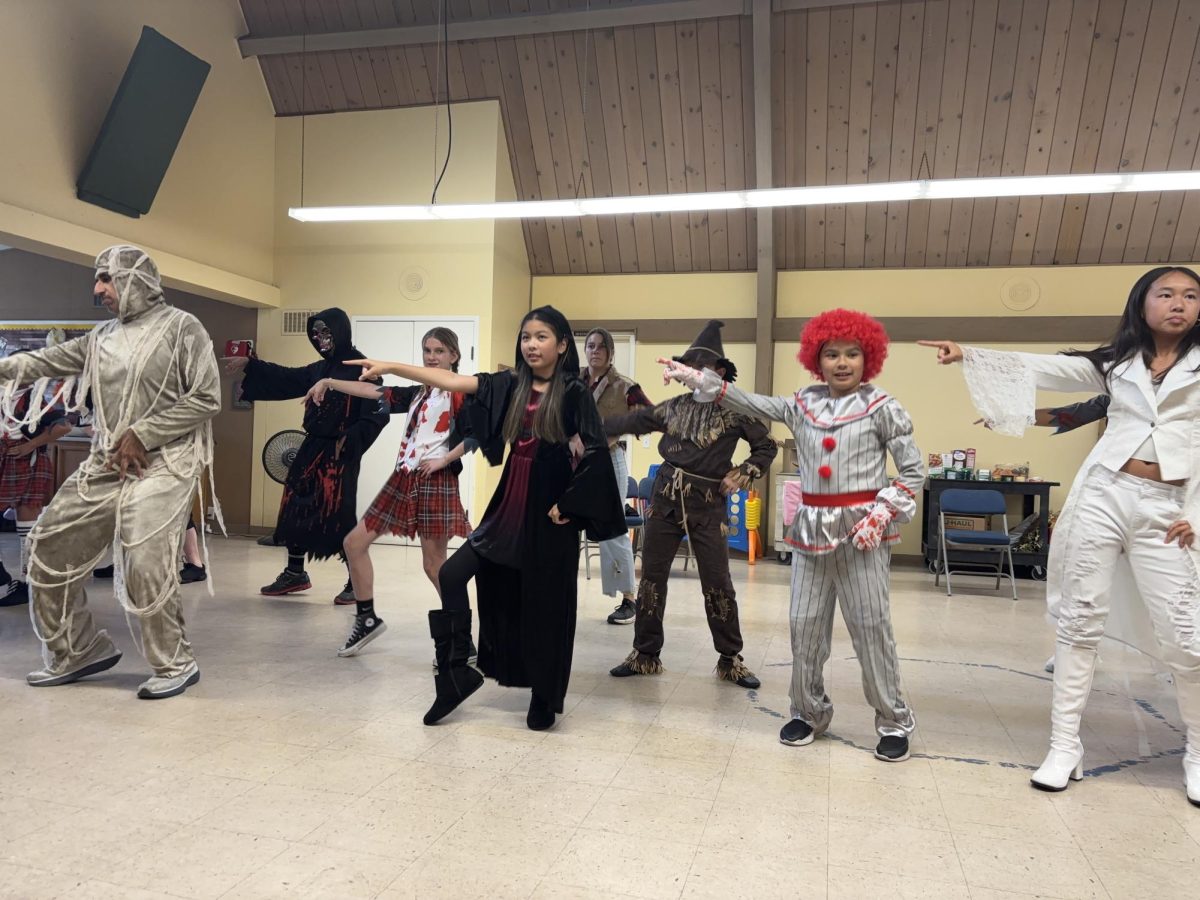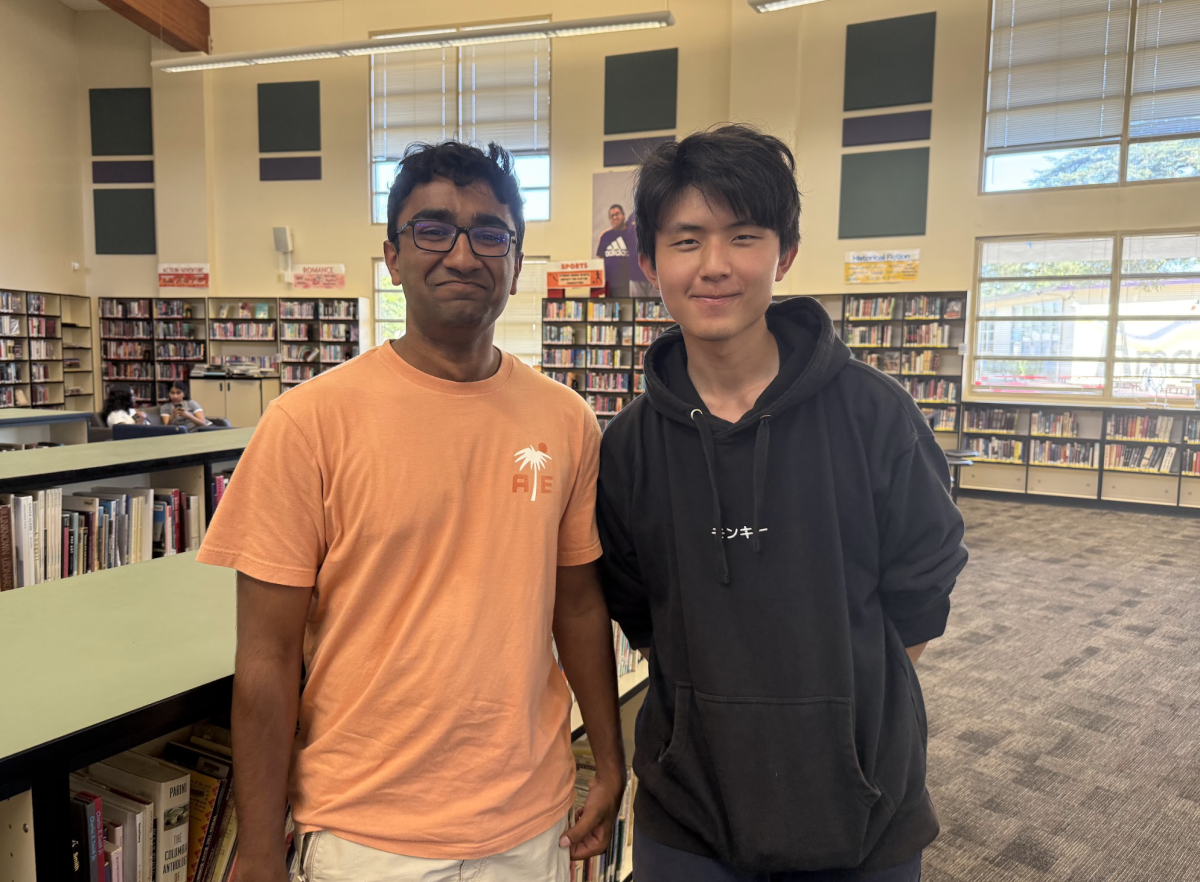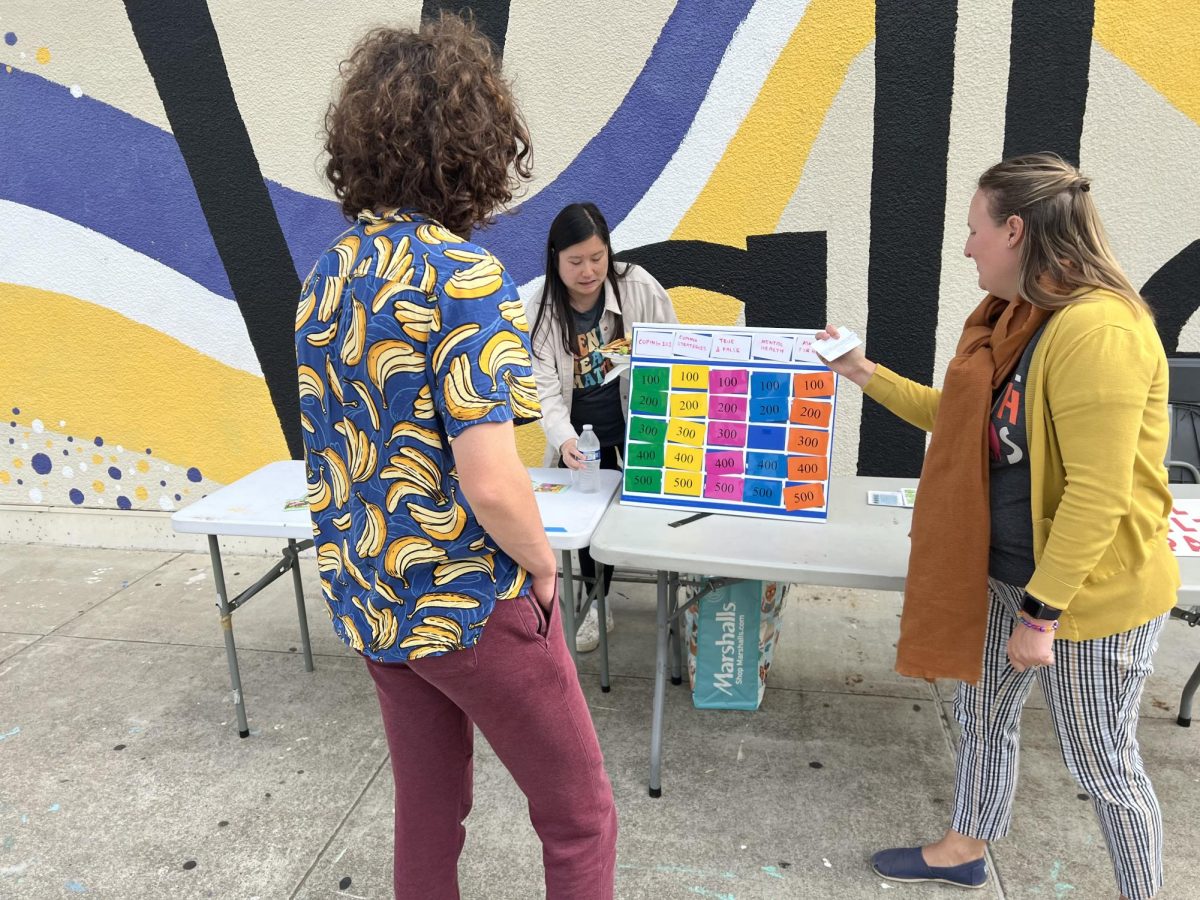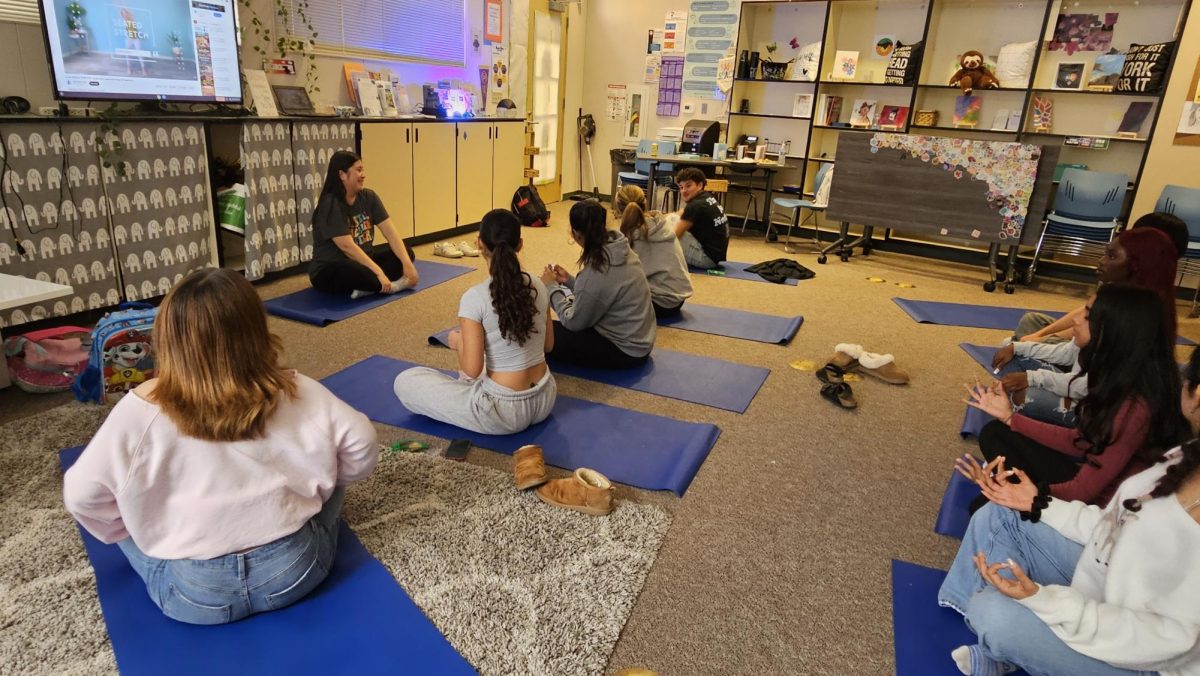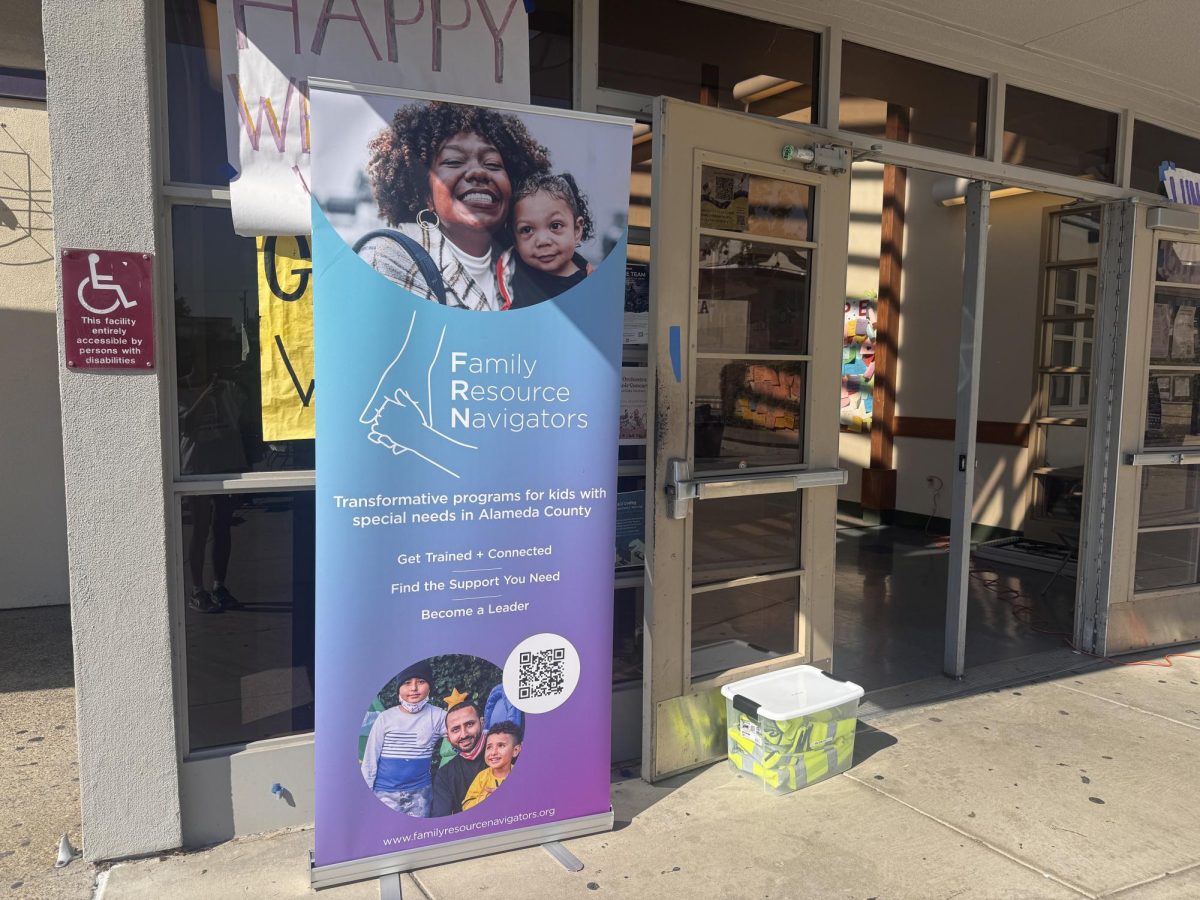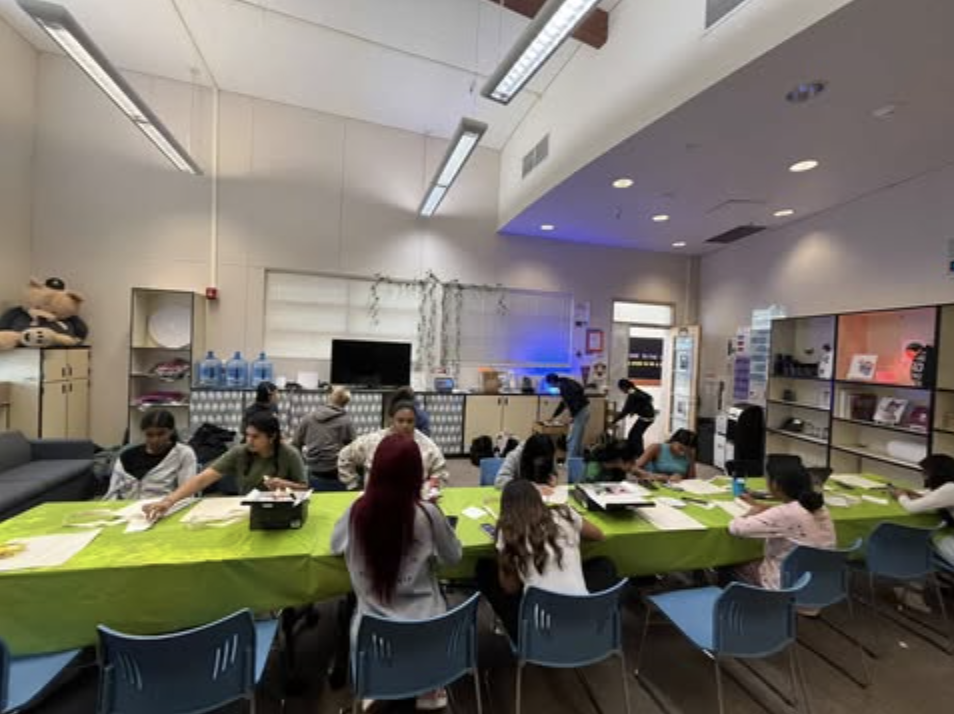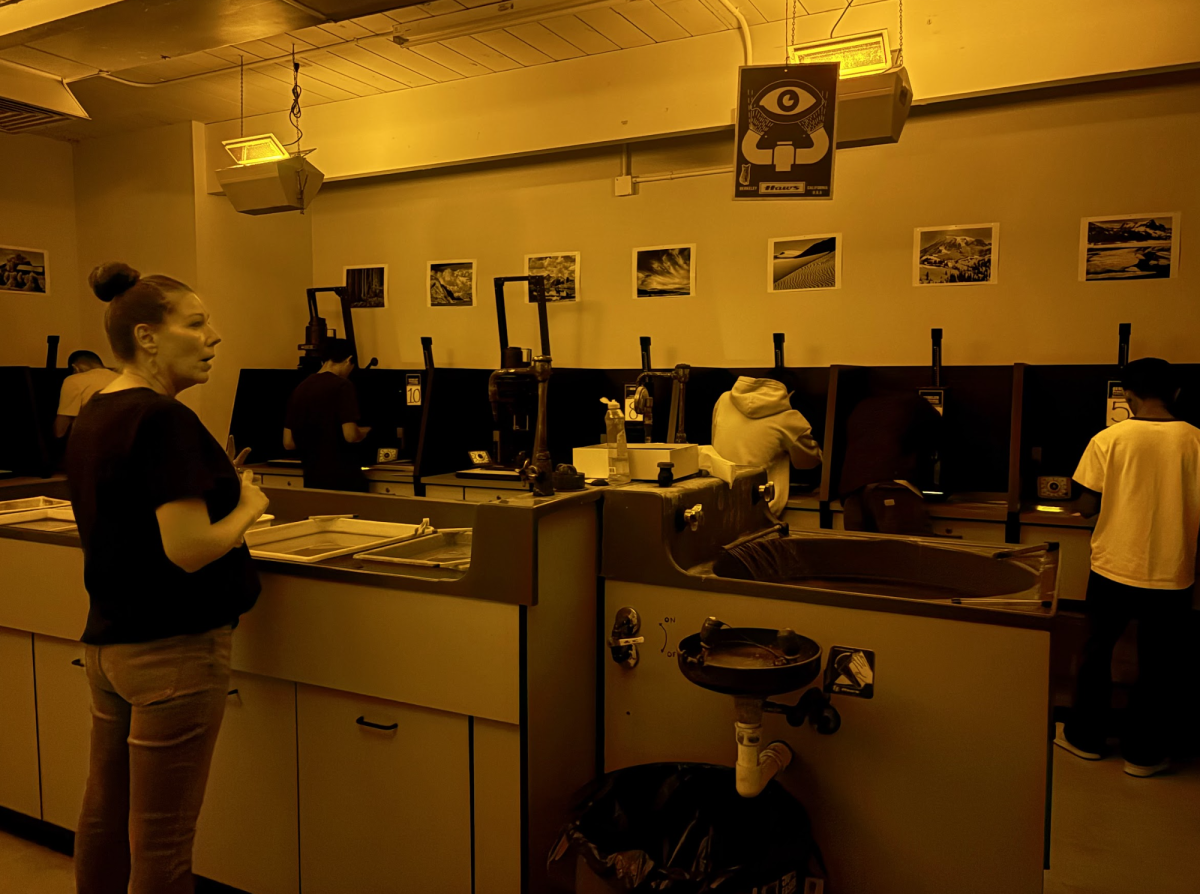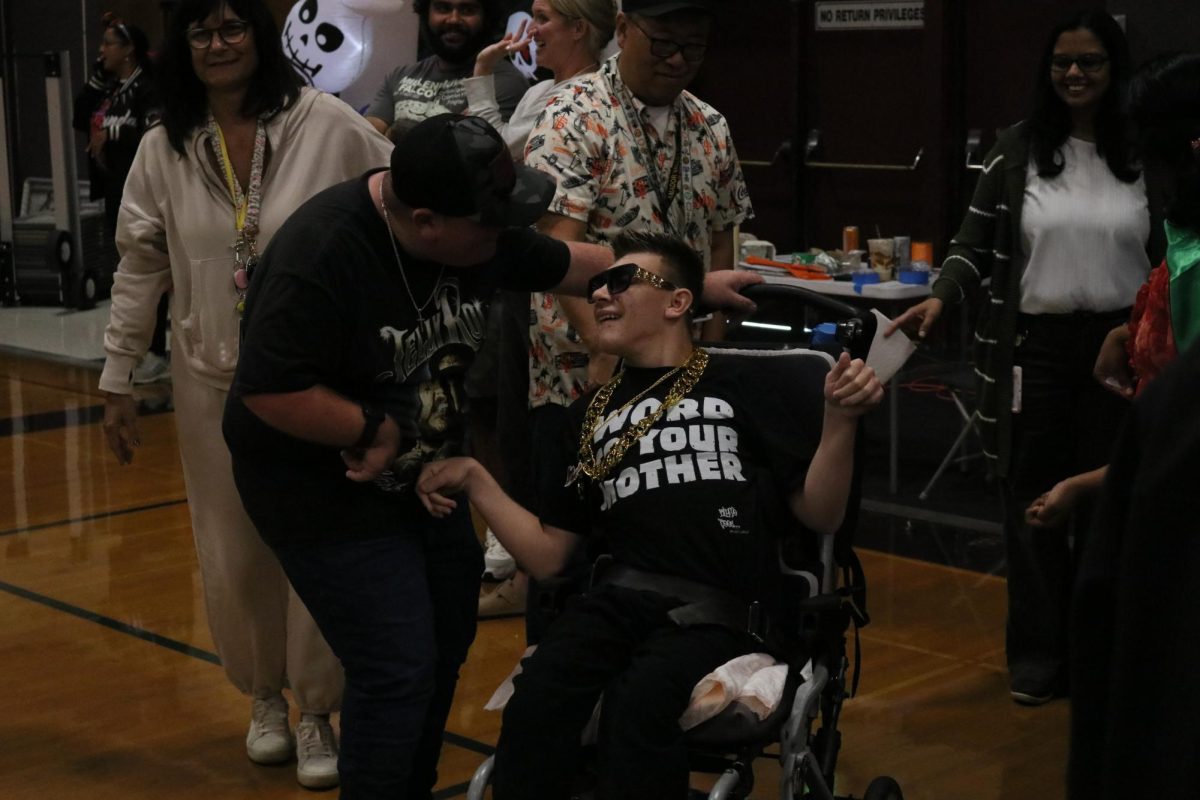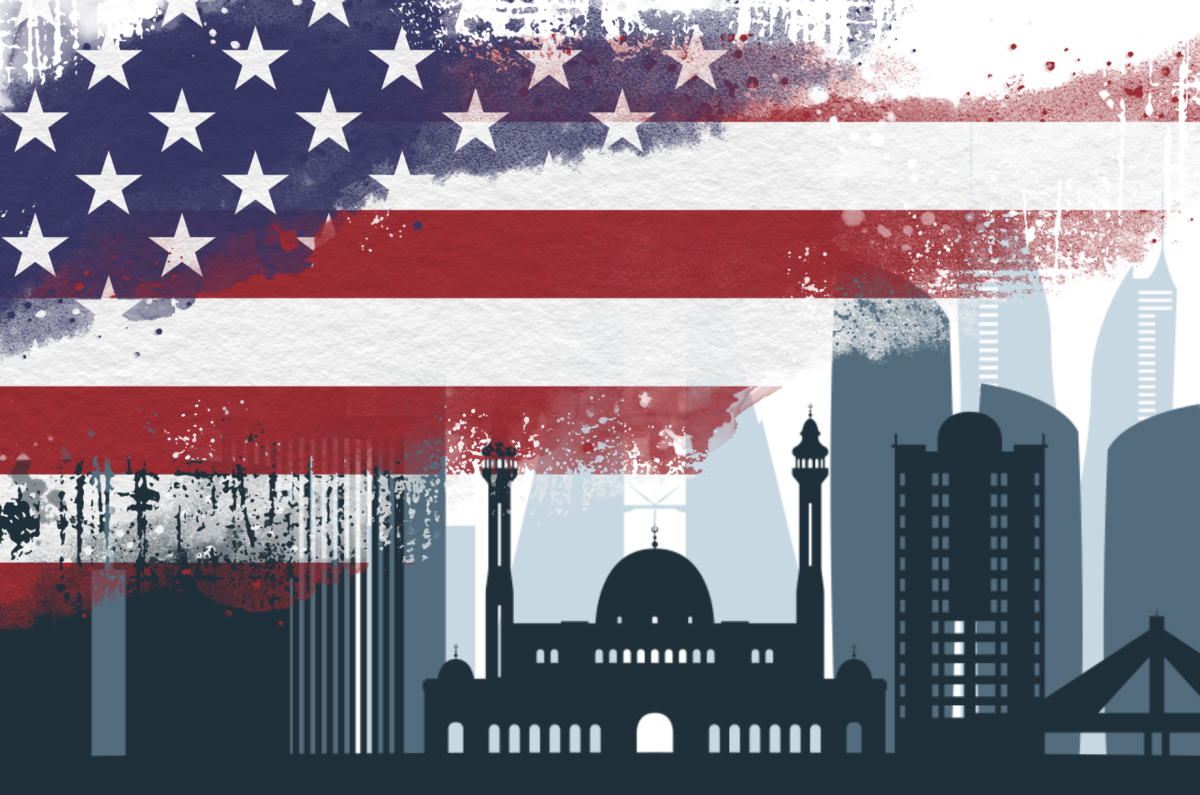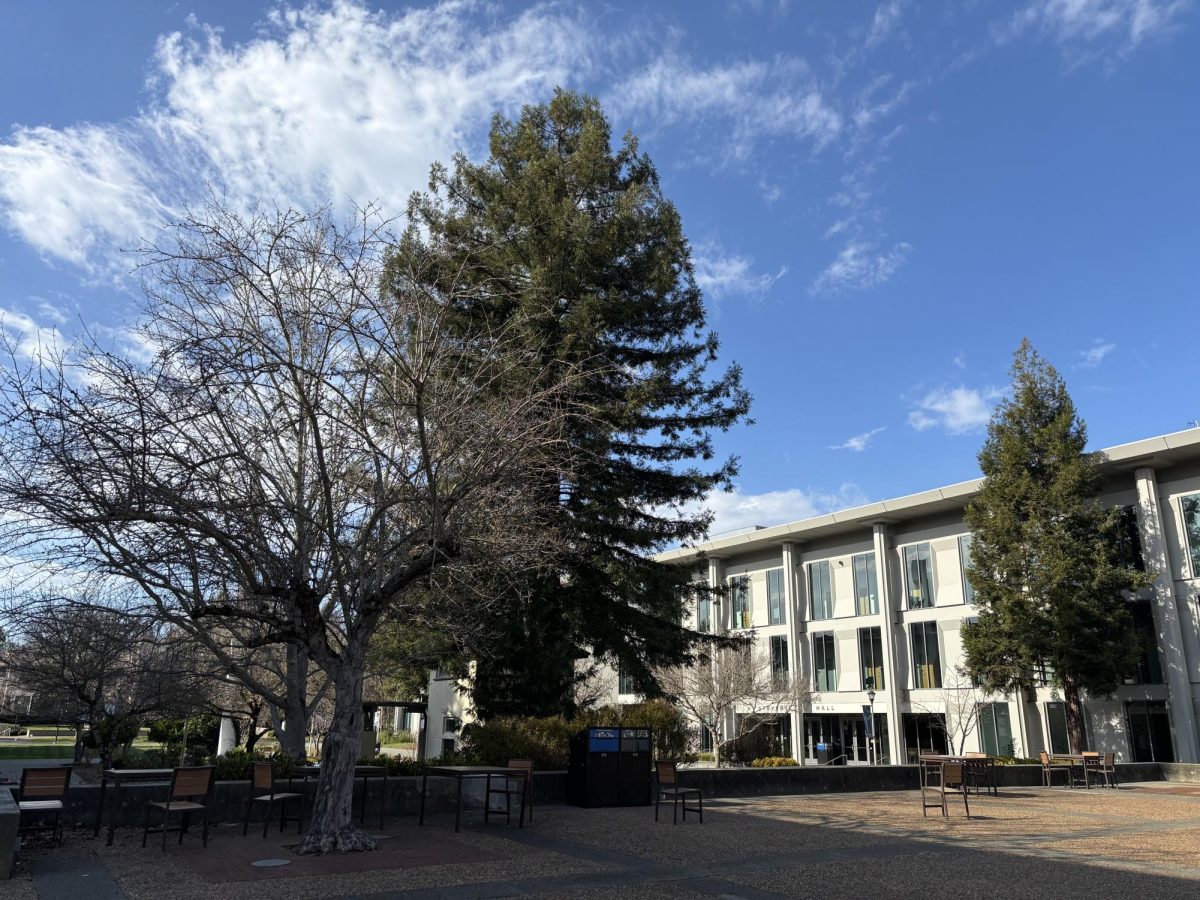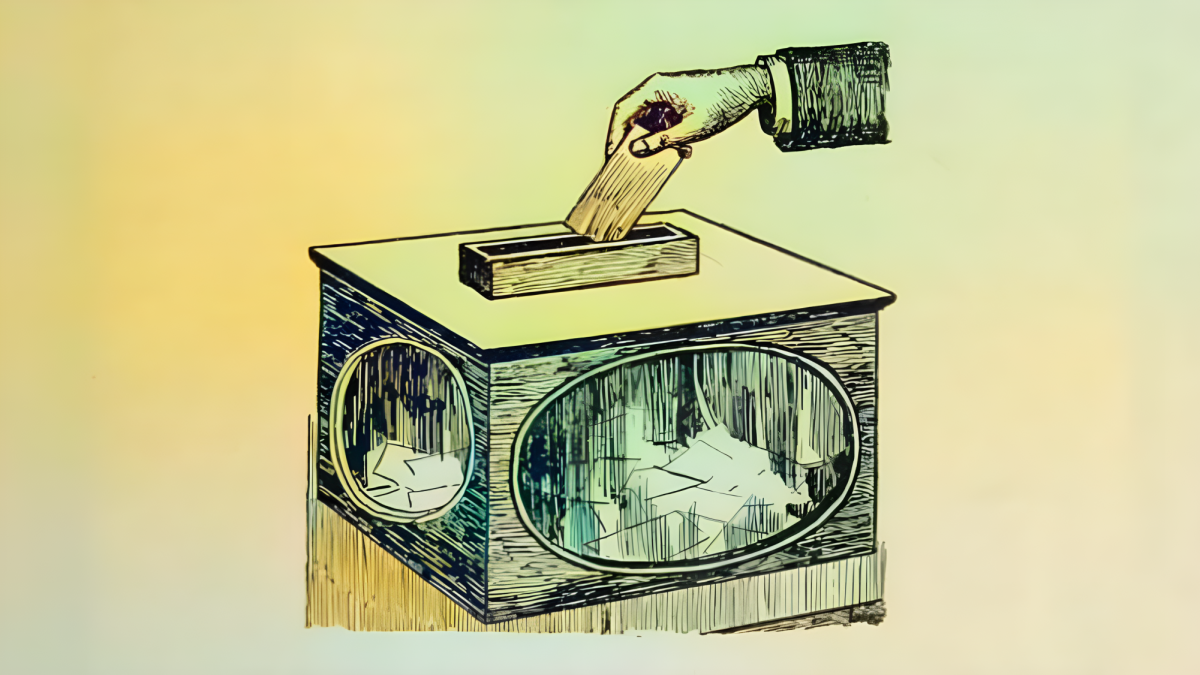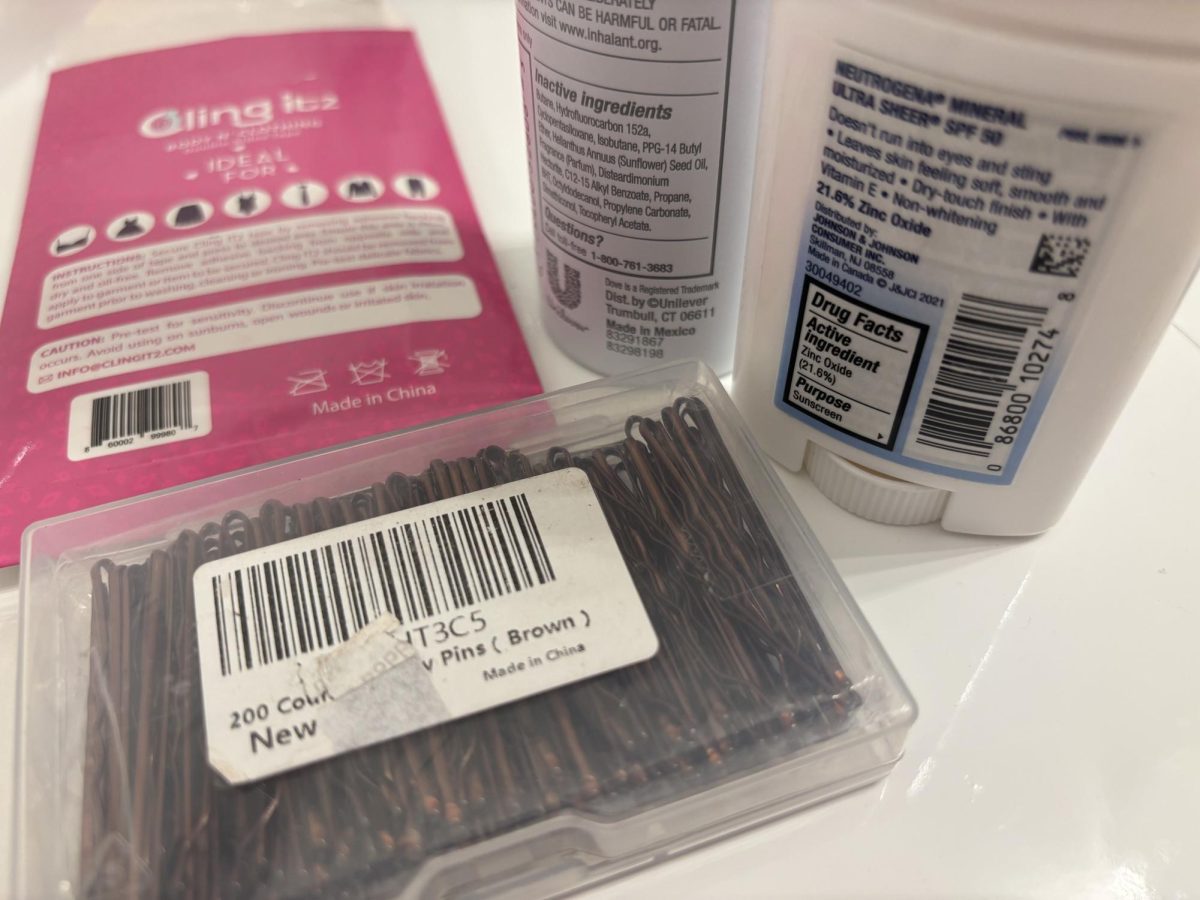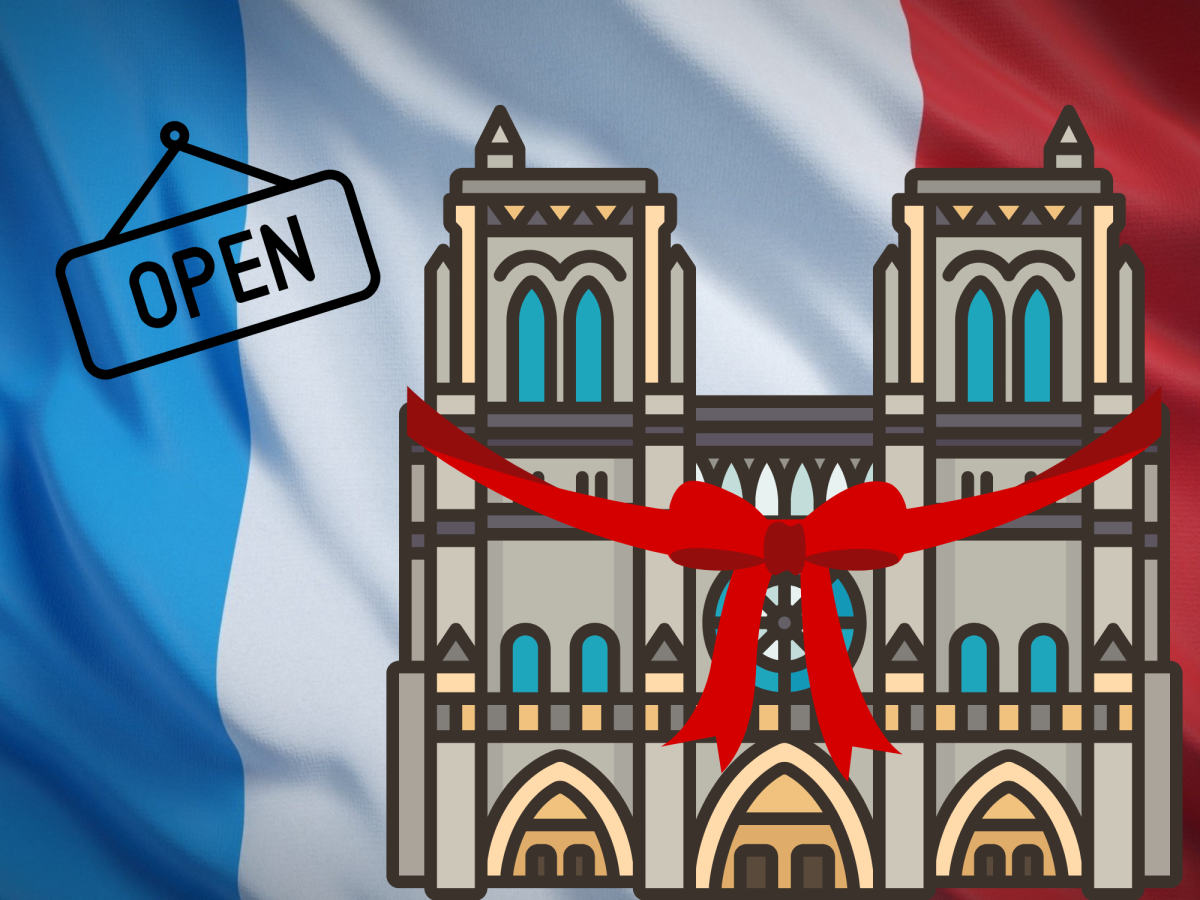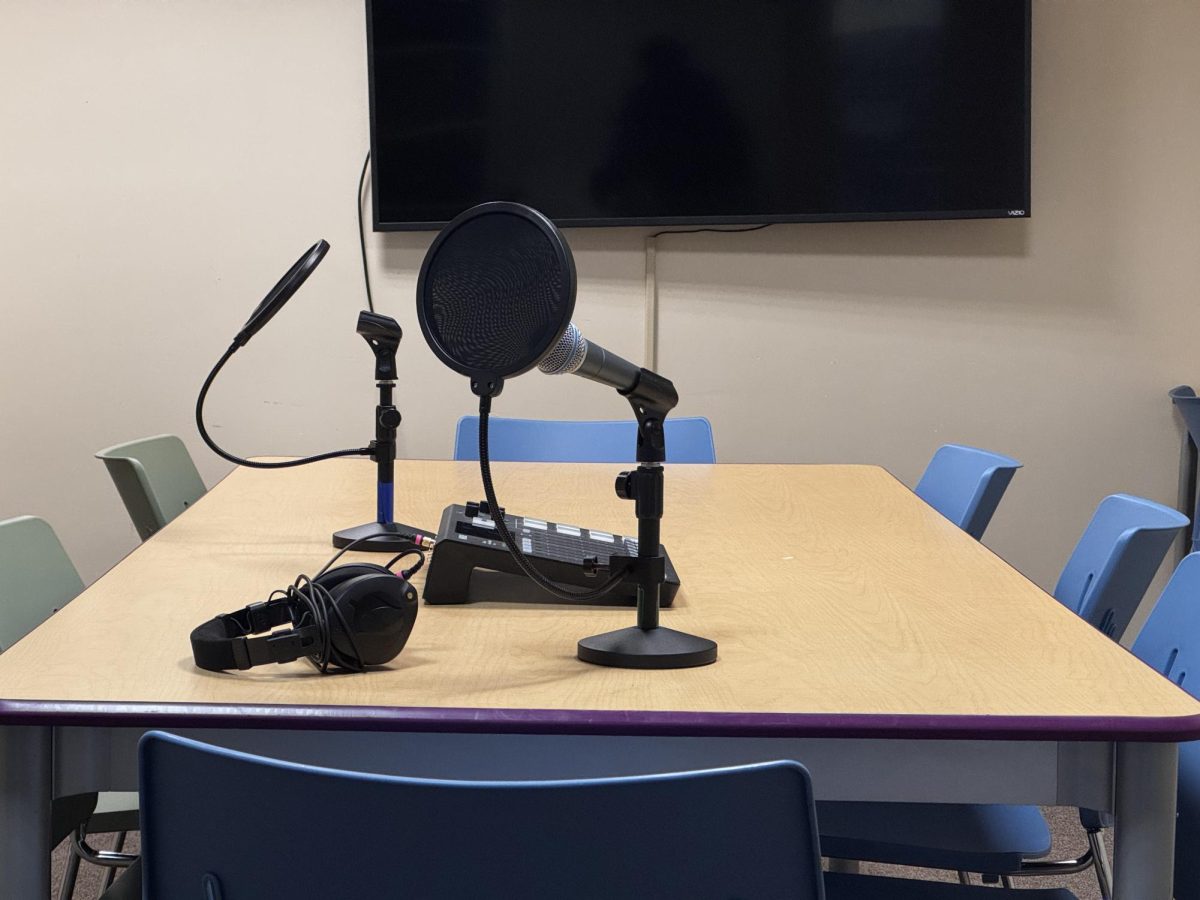Everyone hears about the new tariffs being announced, but many don’t realize the real impact they can have—especially for students at Amador Valley High School.
What the Tariff Means
On April 2, President Trump signed an executive order titled Regulating Imports with a Reciprocal Tariff to Rectify Trade Practices that Contribute to Large and Persistent Annual United States Goods Trade Deficits. The order targets a wide range of imported goods, including food, clothing, and electronics.
Who Gets Hit First? Businesses, Then You
“Initially business will be affected first because a lot of raw materials and resources will be at a higher price that we import from other nations that will always ultimately end up affecting consumers. Those costs will always be transferred to them,” said Samuel Weaver, AP Macroeconomics teacher at Amador Valley High School.
As companies face higher production costs, they pass those costs on to shoppers. That means students may feel the pinch when buying everyday items.
Fashion Costs Rise
Clothing brands like Nike and SHEIN, Louis Vuitton, are expected to raise prices in response.
“I will still shop SHEIN because they have unique designs but I’ll definitely think twice about ordering,” said Snehal Podtar.
Some students say they’re already changing how they shop.
Rethinking What We Buy
“When I look at my everyday things for the season I’ve seen an increase in prices. It has made me lot more conscious of what I’m buying and if I really need it,” said Emma Chang (‘25).
For many, it’s not just clothing—basic needs are also becoming more expensive.
“At the grocery store, I usually buy chips and sometimes drinks, like coke and sprinkling ice. Also, fruits like strawberries. I have noticed prices going up, so I started going to a grocery store to try to find where it’s cheaper,” said Hamza Popal (‘25).
Several stores and brands declined to comment or claimed they were not affected by the tariffs. Others simply redirected all questions to their press or public relations departments.



